- Joined
- Sep 18, 2003
- Messages
- 2,114
First up is Thrixopelma cyaneum, what we've refered to as "Cobalt red rump"... second is Homeomma sp. "blue"... third is what I purchased as the pet trade E. pulcherrimaklaasi "Blue femur beauty".
Adult female Thrixopelma cyaneum.
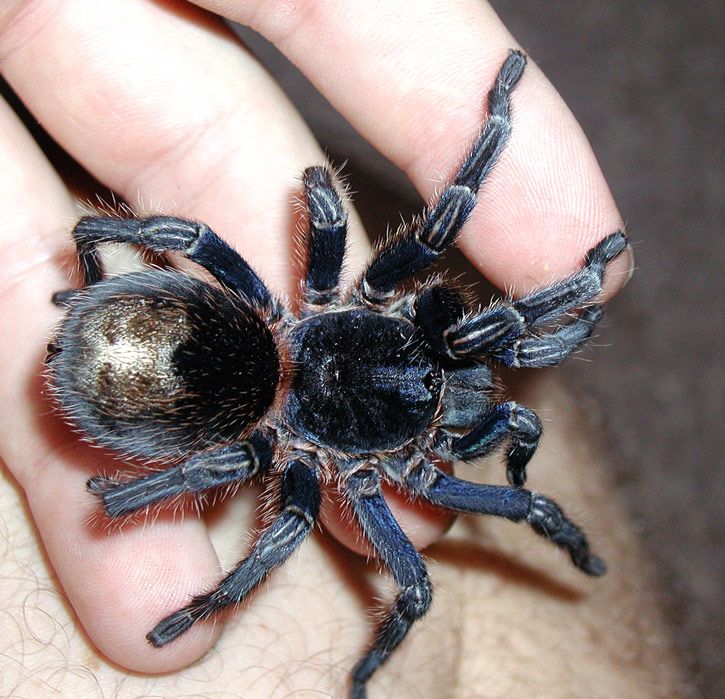
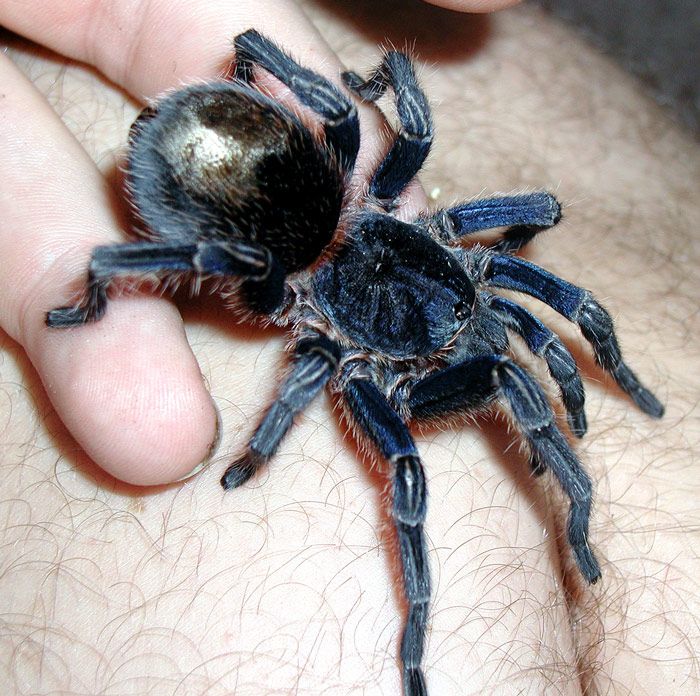
Here's is a juvienile female Homeomma sp. "blue".
The first pic is the spider 2 molts ago, the next 2 pics are of her today.
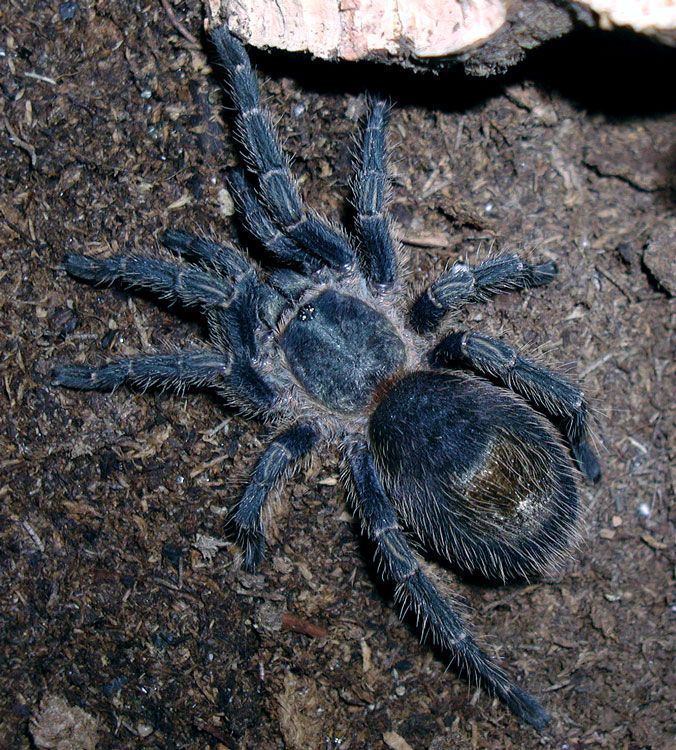
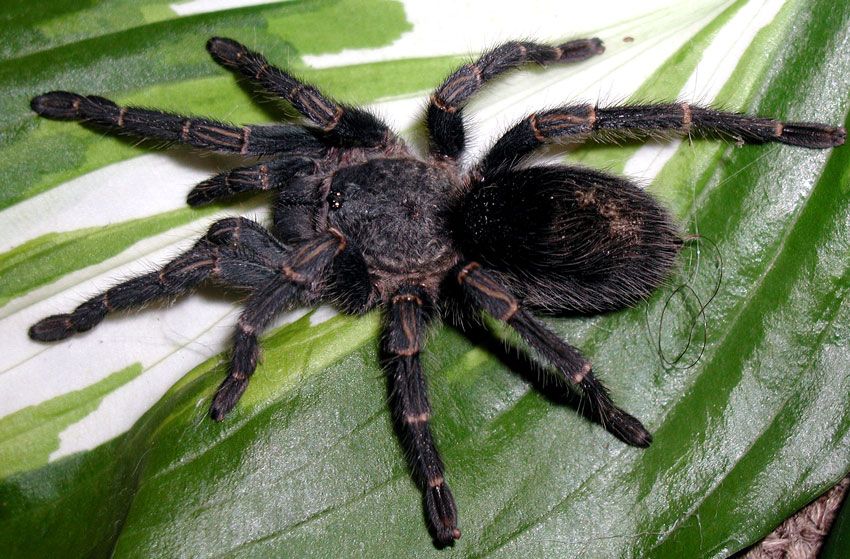
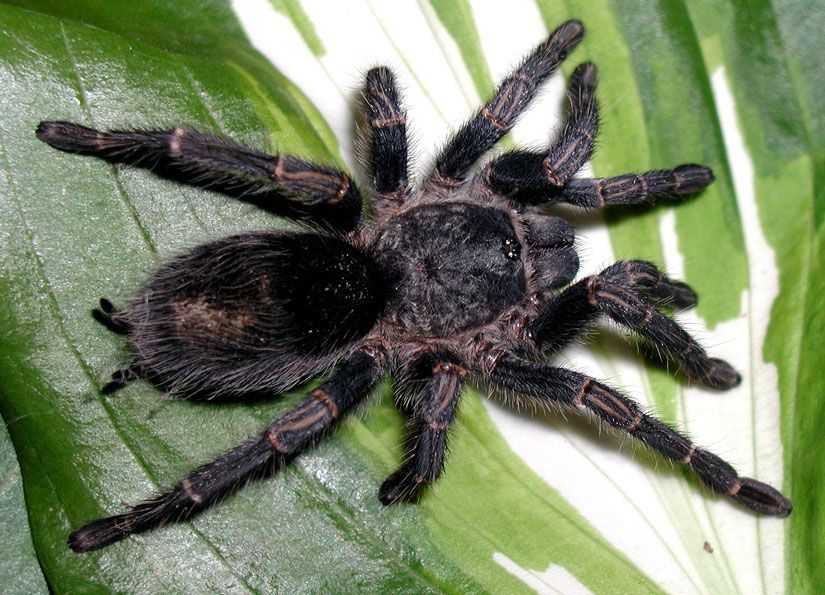
This is 1 of 5 slings I've raised of what I purchased as E. pulcherrimaklaasi in the pet trade. This is a female.
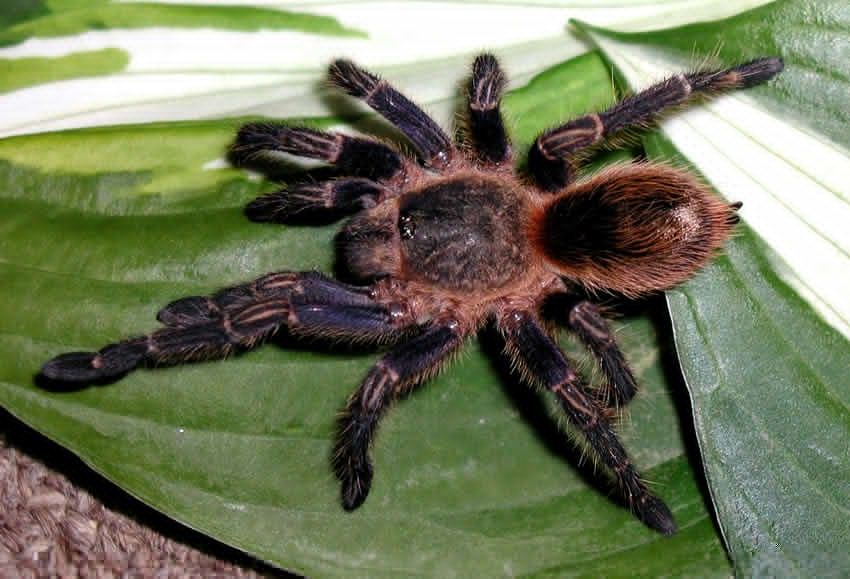
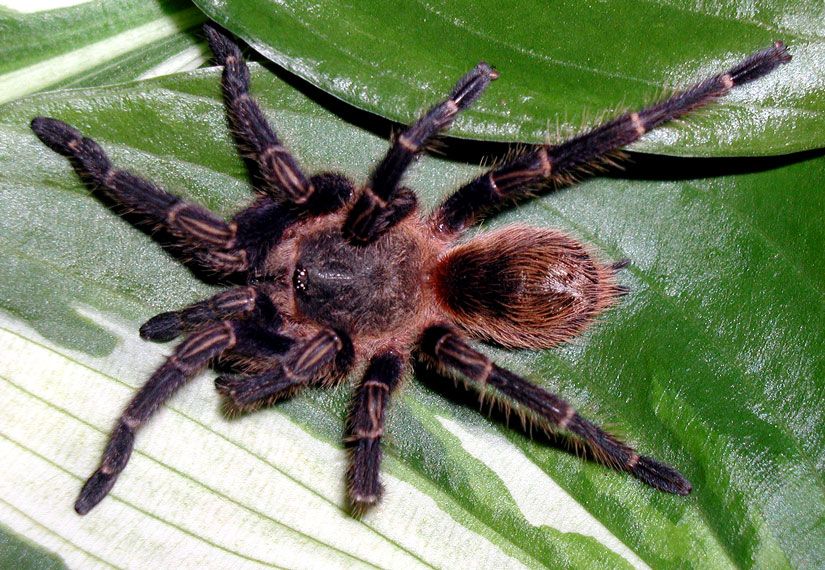
Adult female Thrixopelma cyaneum.


Here's is a juvienile female Homeomma sp. "blue".
The first pic is the spider 2 molts ago, the next 2 pics are of her today.



This is 1 of 5 slings I've raised of what I purchased as E. pulcherrimaklaasi in the pet trade. This is a female.


